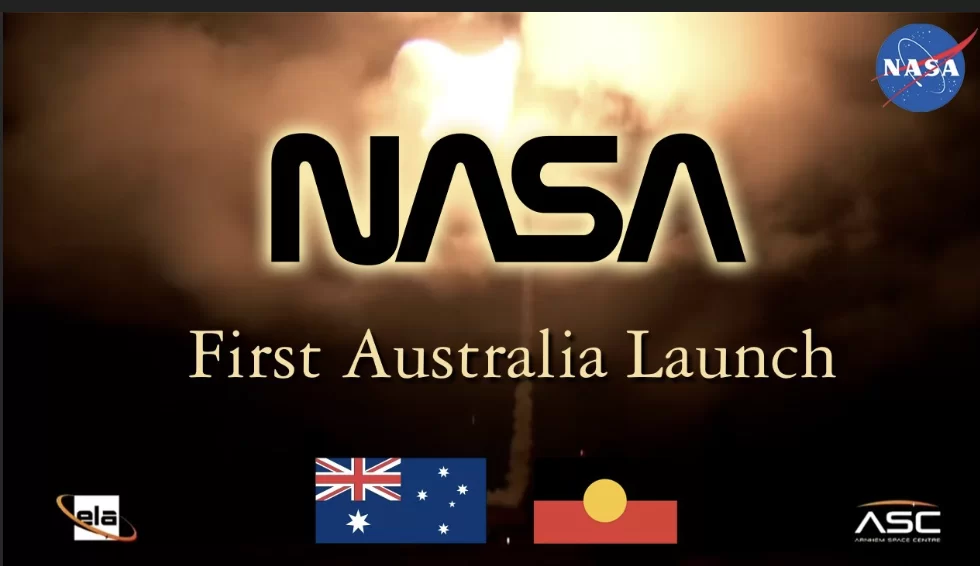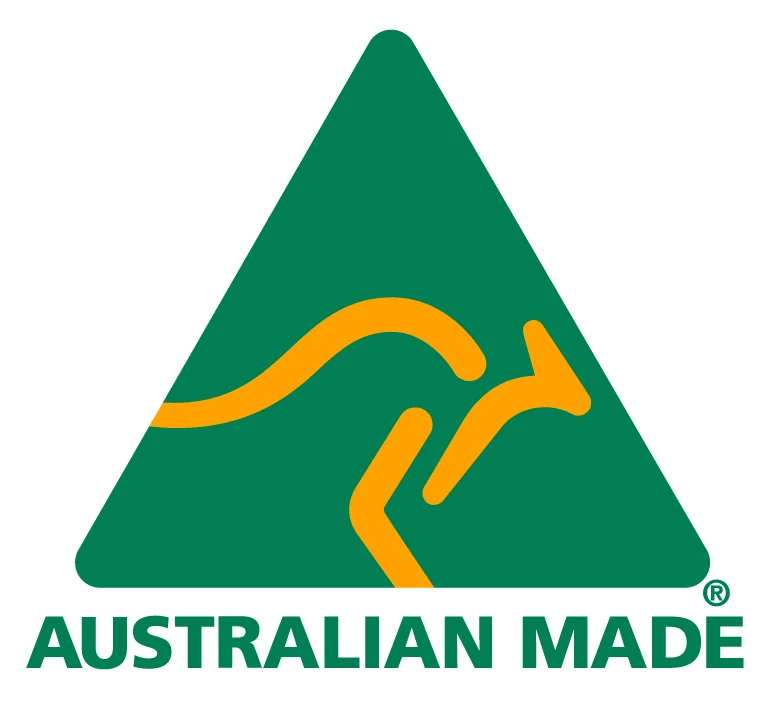Client: NASA via Equatorial Launch Australia
Event Management: SOCIETY
Venue: Arnhem Space Centre; near Nhulunbuy, Northern Territory
On the night of 26th June, 2022, a suborbital sounding rocket blasted off from ELA’s Arnhem Space Centre complex. The historic launch was NASA’s first one from a fully commercial spaceport, which also happens to be the only commercially-owned and run multi-user equatorial launch site in the world.

Challenge
The Dome Company was hired to provide a 15 metre diameter dome to be used as a VIP viewing point for the first commercial Australian rocket launch at the Arnhem Space Centre. The site is some 30 kilometres from Nhulunbuy, which is in turn over 1000 kilometres by road from Darwin.
The dome was required to have a large clear window for viewing, and to have ample ventilation. Everything for the dome build had to be road freighted to site from our base in NSW.
Solution
All the components for the 15 metre dome were transported in two crates, taking up only 1.2 x 1.2m floor space each. The stillages included a de-constructed set of our proprietary lifting equipment, 30 marquee pegs and even a jack hammer for driving in the pegs.
The dome had a huge bay ‘window’ in clear vinyl, and also 5 doors with roll up fabric and 4 sections of large roll up vents around the bottom of the canopy for cross ventilation.
Setup and execution
The two dome stillages were delivered efficiently to the site via road train from Darwin.
Local construction workers were provided by an Aboriginal organisation, Gumatj Corporation. With the supervision of Robbie Lusher from The Dome Company the 15 metre dome was completely built in about 6 hours.
Large LED screens were hung off the strong dome framework and several kilometres of CAT cable were laid through the bush to connect to a live video feed from the rocket launch site (about 3 – 5 kilometres away)
VIP guests were flown to Darwin, then a private chartered flight to Nhulunbuy, and the final 30 kms of red dirt road to the dome site.
After several delays (due to low cloud and some rain) the rocket was successfully launched around midnight.
The dome was dismantled in about 3 hours the next day.


